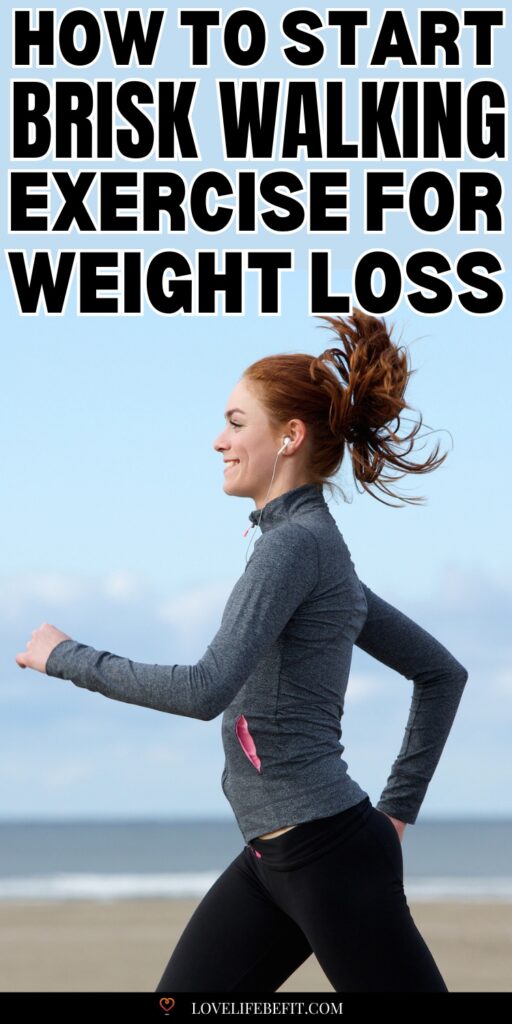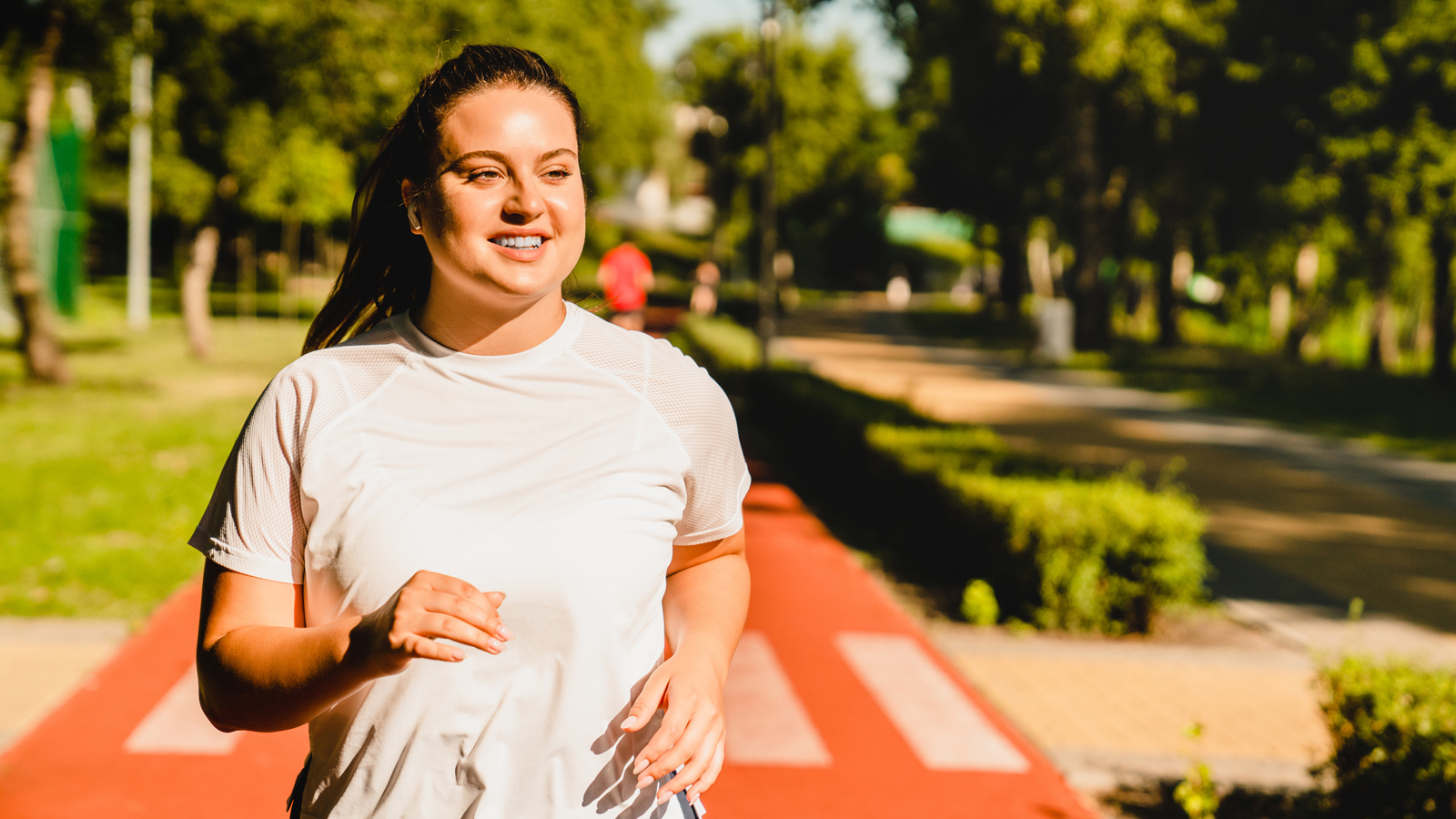Brisk Walking Exercise: Benefits, Pace & How To Get Started
What is brisk walking, how do you get started and how fast is brisk walking pace?
Brisk walking is when you walk at a pace that’s slightly faster than your typical walking pace. The pace should be enough to raise your heart rate but not so fast that it causes you to feel out of breath or exhausted. You’re making an effort but you can still walk and talk!
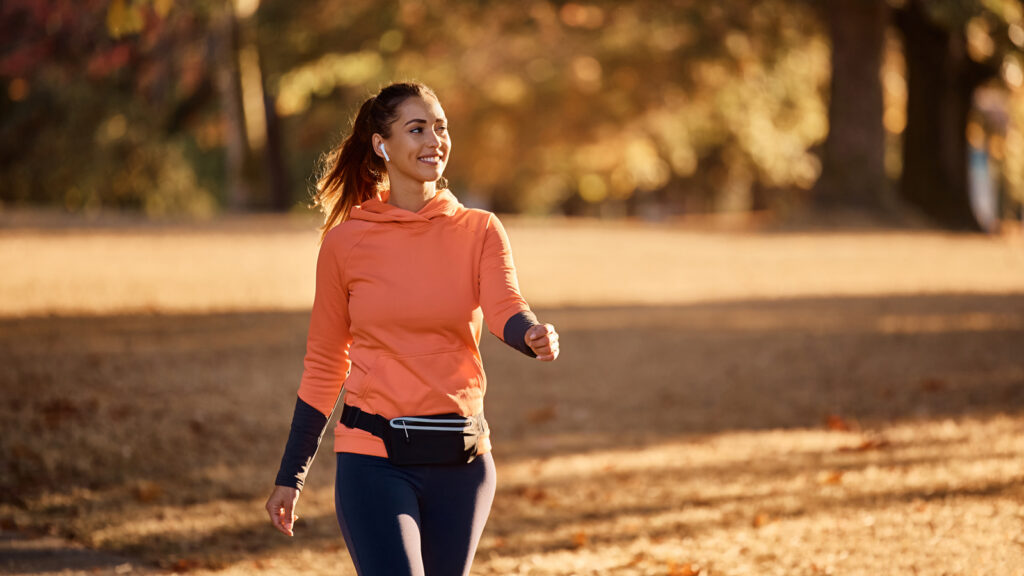
What Is Brisk Walking Pace For Weight Loss?
Your walking speed is determined by your fitness level. A fast pace for one person may be a slow pace for another. Typically a brisk pace will be between 13 and 20 minutes per mile.
You’re not power walking at a flat-out pace – you’re walking briskly at a pace you can maintain for the duration of your exercise session.
The pace should feel comfortable but you’re aware of maintaining your walking speed. This isn’t an afternoon stroll – it’s a faster walking pace! You can talk without getting out of breath but your heart rate will be elevated.
You don’t need to walk far when you’re walking for fitness and weight loss – just walking 2 miles a day can make a difference!
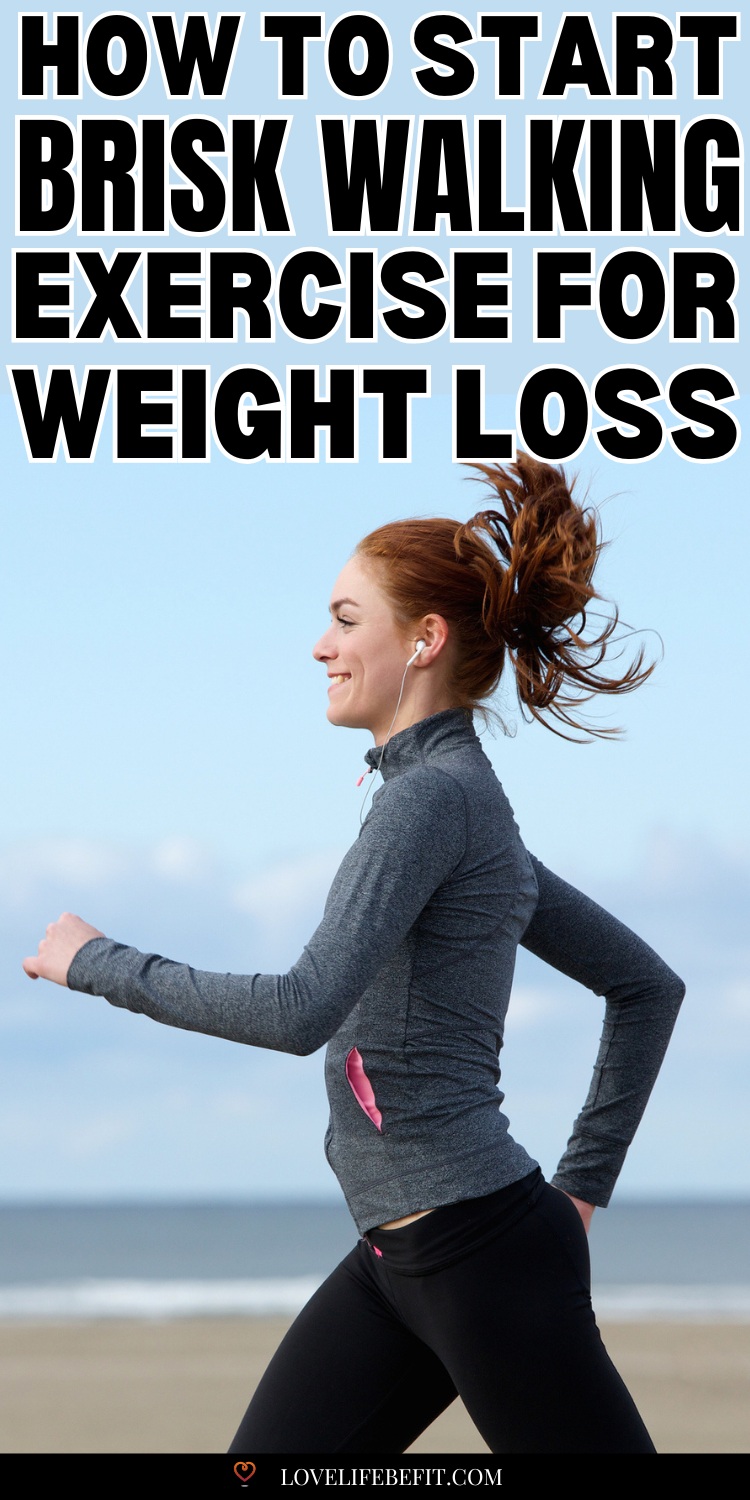
How Many MPH Is A Brisk Walking Pace?
Expect to be walking at a speed of between 3 to 4.5 miles per hour (mph).
According to the Centers for Disease Control and Prevention (CDC):
Walking briskly is a moderate-intensity activity where you can talk but not sing during the activity.
The pace is typically 3 mph or faster but not race walking.
What Heart Rate Zone Is Brisk Walking?
The target heart rate for brisk walking should be between 64% and 76% of your maximum heart rate. This is the target range for moderate-intensity physical activity.
You can make an approximate estimate of your maximum heart rate based on your age: Just subtract your age from 220 to get your maximum age-related heart rate.
For example, a 40-year-old person will have:
- An estimated maximum age-related heart rate of 220 – 40 = 180.
- 64% level: 180 x 0.64 = 115 bpm
- 76% level: 180 x 0.76 = 137 bpm
The target heart rate zone in this example is between 115 – 137 bpm for brisk walking.
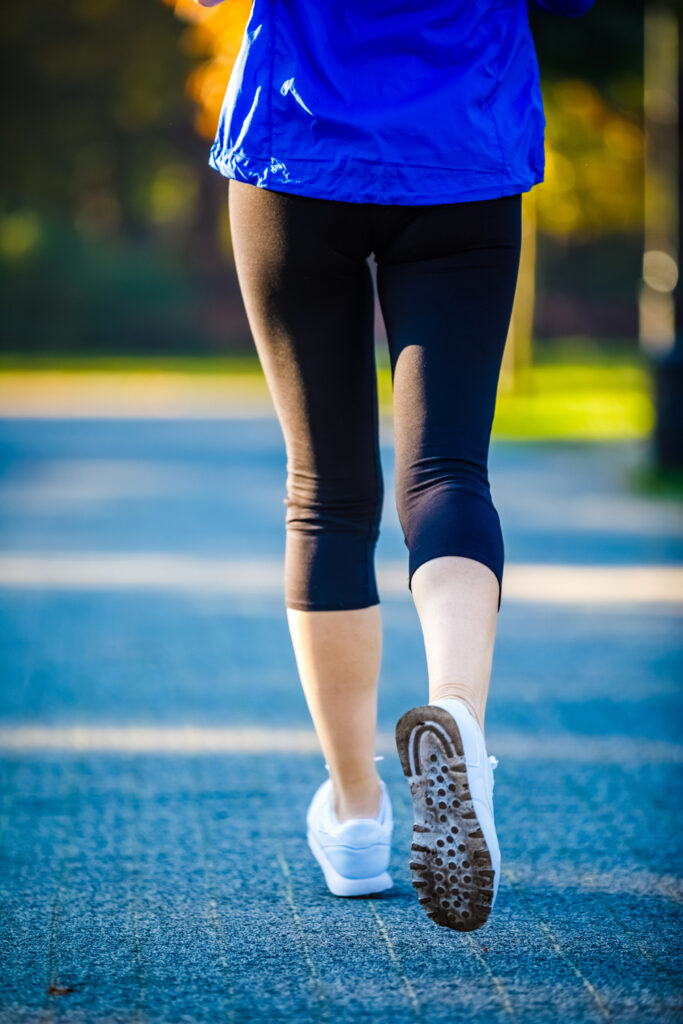
The Health Benefits Of Brisk Walking
A brisk walk every day or at least three to four times a week is one of the best investments you can make in your health. Regular walkers have a lower risk of chronic disease.
Brisk walking has many health benefits, including a reduced risk of cardiovascular disease, stroke, and type 2 diabetes. It can also lower cholesterol levels, improve mood, and help maintain a healthy weight.
Related post: Walking An Hour A Day: Health Benefits And Weight Loss
Moderate Intensity Exercise
The recommended weekly guidelines for physical activity are 150 minutes of moderate-intensity exercise and 2 days of strength training activity for adults.
That’s the same as brisk walking for 30 minutes, 5 days a week plus bodyweight exercises twice a week to work all the major muscle groups.
The easiest way to make sure you’re walking at the right pace is to use the Rating of Perceived Exertion (RPE) Scale. RPE compares all physical effort to the zero exertion level of sitting still.
It’s a handy measure when you don’t have any equipment such as a fitness tracker or chest strap heart rate monitor.
This modified RPE chart mainly targets runners, but brisk walking will fall into the 3 to 4 RPE zone where you can talk and walk without getting out of breath but you’re making some effort to keep up the pace.
Speed walking, at paces over 4.5 miles per hour is vigorous-intensity aerobic activity. If you’re short of time, hitting the target of 75 minutes of vigorous-intensity aerobic activity per week is an alternative option for achieving the recommended health guidelines.
Note these are minimum guidelines – for more health benefits aim to walk regularly. Try walking 3 miles a day, walking 4 miles a day, or even walking 5 miles a day.
Average Walking Speed
The average walking speed of an adult is about 3 miles per hour. This 2011 study found that over short distances, the effect of gender and BMI were insignificant but average walking speeds declined with age.
The table below is based on median values from the 2011 study by Schimpl, Moore et al and shows the decline in average walking speed with age:
| Age Range | Average Walking Speed (miles per hour) |
| < 30 | 3.0 |
| 30 – 39 | 2.81 |
| 40 – 49 | 2.81 |
| 50 – 59 | 2.75 |
| > 60 | 2.70 |
For older age groups, aged 70 and over, results for average walking speed were unreliable with different studies providing widely different results.
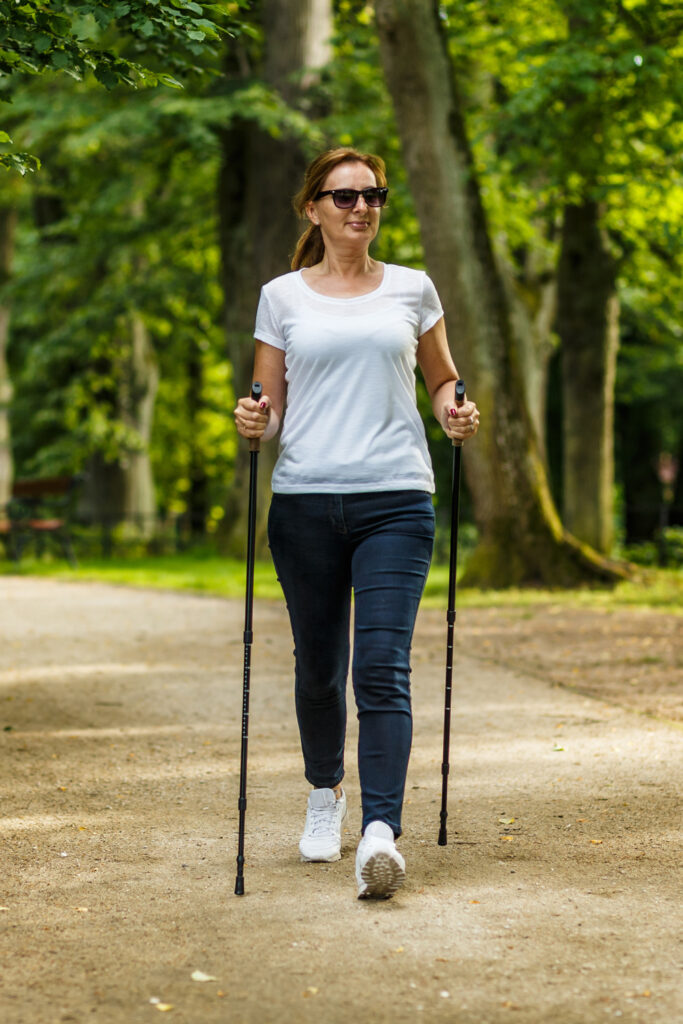
Techniques To Walk Briskly
If your aim is walking faster, try improving your walking technique. Walking may seem like a natural activity but it’s possible to pick up bad habits and forget how to walk properly!
Getting The Basics Right
Try these basics:
- Stand tall – no slouching.
- Lean forward very slightly keeping your body in a straight posture..
- Avoid arching your back and sticking your chest – you’re not a pigeon!
- Engage your core muscles and make sure your hips are level.
- Engage your glutes – your butt muscles.
- Look 10 to 20 feet ahead as you walk keeping your chin parallel to the ground.
- Relax your shoulders and swing your arms.
Swinging your arms back and forth can help with forward motion and increase your walking speed – but don’t overdo it! Keep them relaxed and move your arms parallel to your body.
Walking Cadence
Walking cadence is the number of steps you take per minute. The faster you walk – the quicker your steps. Based on this study in the British Journal of Sports Medicine, walking at 100 steps per minute correlated with moderate-intensity physical activity.
So if you want to walk faster, try and increase your cadence! Practice with walking drills where you’re working at taking small fast steps over a short distance.
It’s the easiest way to improve your walking speed and you’ll be less prone to injury than if you’re trying to increase your stride length.
Walk Regularly
Practice makes perfect – the more you walk, the more efficient your technique and you’ll naturally start walking faster.
Brisk Walking Workouts
When you’re trying to lose weight and get fit, walking workouts can make your walking routine more effective:
Find out more about walking workouts in this walking-for-weight loss plan. These workouts can be a great way to improve your fitness level.
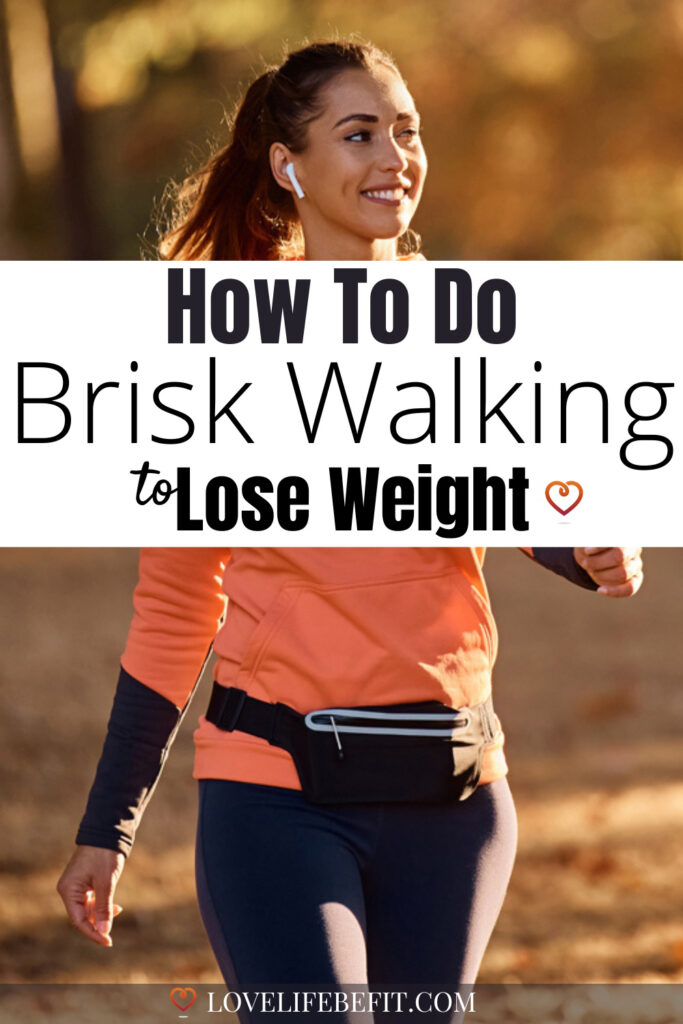
Thoughts From Love Life Be Fit
Walking is an easy way to stay healthy and fit. It’s not only beneficial for your physical health but also your mental wellbeing.
Setting yourself targets such as increasing walking speed or hitting a weekly walking distance can help to keep you motivated. So get out there, enjoy a brisk walk, and reap the benefits!
Get started with our guide: How To Start A Walking Program For Beginners
